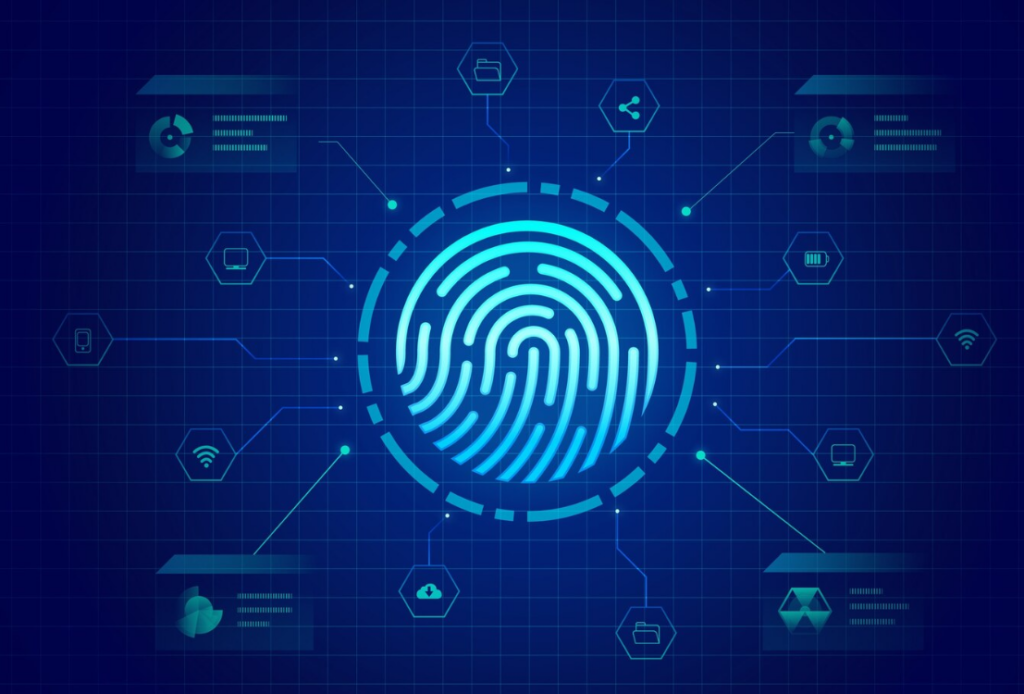Biometric Authentication: Enhancing Security and User Experience
In a world where digital transformation is rapidly reshaping the financial services industry, ensuring the balance between robust security and seamless user experience is more critical than ever. Biometric authentication has emerged as a powerful solution, revolutionizing how banks secure transactions, safeguard customer data, and deliver frictionless experiences. By leveraging unique physiological and behavioral traits, this technology not only strengthens security but also enhances convenience for end-users.

The Rise of Biometric Authentication in Banking
Traditional authentication methods like passwords and PINs have long been a staple of digital security. However, they are increasingly vulnerable to breaches, phishing attacks, and social engineering. The financial services sector, a prime target for cybercriminals, has turned to biometric authentication as a safer and more efficient alternative. With advancements in technology, biometrics—once confined to science fiction—have become a practical and accessible solution for enhancing security.
Today, biometric authentication encompasses a wide range of modalities, including fingerprint scanning, facial recognition, voice authentication, iris scanning, and even behavioral biometrics. Banks are integrating these technologies across their systems to verify identities, prevent fraud, and provide customers with a seamless banking experience.
How Biometrics Strengthen Security
1. Reduced Dependency on Passwords
Passwords and PINs are often weak links in security systems, prone to being stolen, forgotten, or guessed. Biometric authentication eliminates these vulnerabilities by relying on unique biological or behavioral traits that are difficult to replicate or compromise.
2. Advanced Fraud Prevention
Biometric systems use sophisticated algorithms to detect spoofing attempts, such as fake fingerprints or photos. For example, liveness detection in facial recognition technology ensures that only a live person can authenticate, making it harder for attackers to bypass security measures.
3. Multi-Factor Authentication
Biometrics are increasingly integrated as a part of multi-factor authentication (MFA), combining something you are (biometrics) with something you know (password) or something you have (device). This layered approach significantly enhances security.
Enhancing User Experience Through Biometrics
1. Seamless Access
Biometrics simplify the login process by removing the need for passwords or security questions. For instance, fingerprint scanning or facial recognition can authenticate users within seconds, streamlining access to banking apps or ATMs.
2. Convenience in Transactions
Biometrics simplify the login process by removing the need for passwords or security questions. For instance, fingerprint scanning or facial recognition can authenticate users within seconds, streamlining access to banking apps or ATMs.
3. Personalization
Biometric systems can recognize individual users and provide personalized services. For example, a bank’s mobile app might greet a customer by name or recommend products based on their transaction history.Biometrics simplify the login process by removing the need for passwords or security questions. For instance, fingerprint scanning or facial recognition can authenticate users within seconds, streamlining access to banking apps or ATMs.

Real-World Applications in Banking
Fingerprint Authentication
Fingerprint scanning is one of the most widely adopted biometric technologies. Banks like Citibank and HSBC have integrated fingerprint authentication into their mobile banking apps, allowing customers to access accounts securely and quickly.
Facial Recognition
Facial recognition is gaining traction for its convenience and accuracy. Chinese banks, such as the Industrial and Commercial Bank of China (ICBC), use facial recognition at ATMs, enabling customers to withdraw cash without a card or PIN.
Voice Biometrics
Voice recognition is particularly valuable for call center operations. Barclays, for instance, uses voice authentication to verify customers in seconds during phone banking, reducing wait times and enhancing security.
Behavioral Biometrics
Unlike traditional biometrics, behavioral biometrics analyze patterns like typing speed, mouse movements, or even the way a phone is held. These subtle behaviors create unique profiles that banks can use to detect fraud and authenticate users without requiring active input.
Challenges in Biometric Adoption
Despite its advantages, the adoption of biometric authentication is not without challenges:
- Privacy Concerns: Storing and managing biometric data raises concerns about misuse and breaches. Banks must adopt stringent encryption and anonymization practices to protect customer data.
- Cost of Implementation: Deploying biometric systems requires significant investment in hardware, software, and integration with existing infrastructure.
- Accessibility Issues: Not all customers can easily use certain biometric systems. For example, elderly users or those with disabilities may face difficulties with fingerprint or facial recognition technologies.
The Future of Biometric Authentication in Banking
As biometric technologies continue to evolve, their role in banking is set to expand further. Emerging trends include:
- Continuous Authentication: Instead of one-time verification, continuous authentication monitors users’ biometric traits throughout a session, providing ongoing security.
- Integration with AI: Artificial intelligence is enhancing biometric systems by improving accuracy, reducing false positives, and enabling predictive analytics for fraud detection.
- Cross-Platform Usability: Biometrics will soon enable seamless authentication across multiple devices and platforms, creating a unified banking experience.
A New Era of Secure Banking
Biometric authentication represents a paradigm shift in how banks approach security and customer experience. By replacing outdated systems with innovative, user-friendly solutions, financial institutions can build trust, reduce fraud, and deliver the convenience that modern customers demand.
As the technology matures, banks must ensure they address challenges related to privacy, inclusivity, and cost to fully realize the potential of biometrics. For forward-thinking institutions, investing in biometric authentication is not just about keeping pace with innovation—it’s about setting a new standard for secure, customer-centric banking in the digital age.
